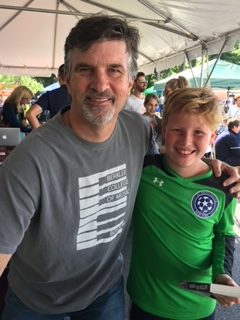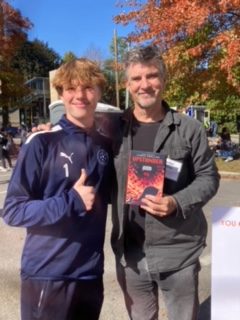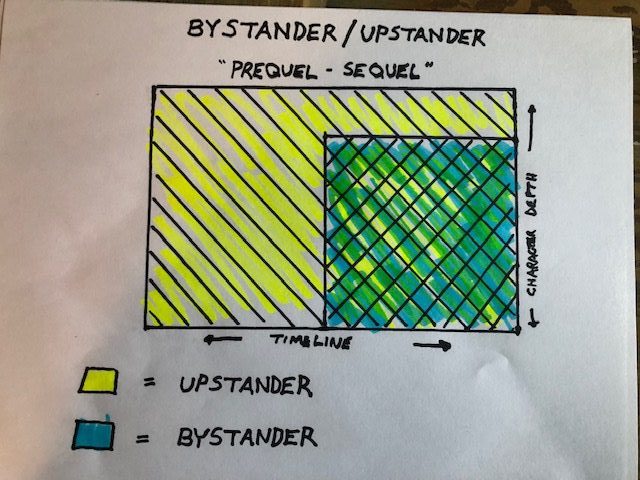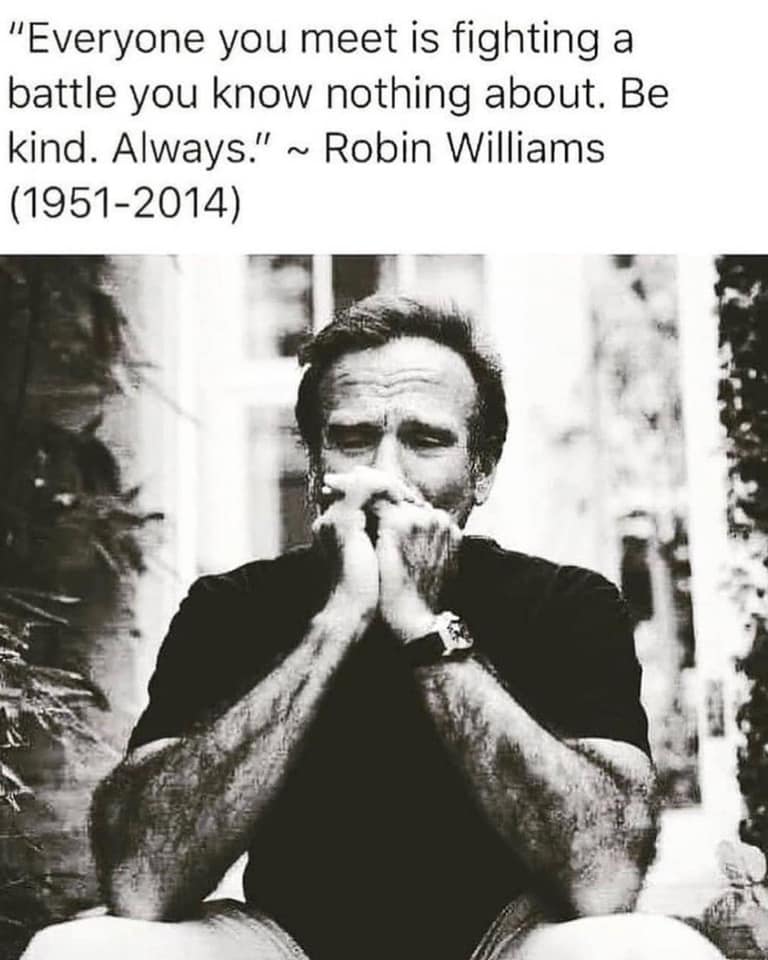–
I’m lucky in a thousand different ways. I realize that. And one of those ways is that I get invited to participate in children’s book festivals. Rochester, Chappaqua, Hudson, Princeton, Morristown, Thousand Islands, Warwick, all over. Best of all, sometimes I even get invited back.
The continuity becomes part of the experience for organizers, authors, and attendees. I used to think that people would get tired of seeing the same authors and illustrators sitting behind tables — it’s important to bring in fresh faces, diverse talent — but there’s a particular beauty to the familiarity. The kid who you saw last year, or two years ago, coming back for another book, another conversation. But this time reaching for a title that’s a little longer, a little older. Or maybe just completing a series, finding that last book for the autographed collection.
Last time in Chappaqua, a familiar face strode up to the table. A good-looking kid, clear-eyed, sturdy & athletic, still wearing soccer gear, still smiling. He knew me and I knew him. “You’re back!” I said. He grinned. There had been a few meetings over the years, now stretching out across the wide pandemic. I was grayer, he was taller. His mother asked, once again, for a photograph. And in turn I wondered if she had kept any of the old ones.
A week later, she sent these along with a brief note: “Below are the photos from the Chappaqua book fair that you requested. It was amazing to see you again, and I loved talking to you as always.”
–
–
Like I said, I’m a lucky guy.
–
P.S. Hey, my friend, if you ever do start that soccer blog, please let me know. I’d love to read your work for a change!
–
–











